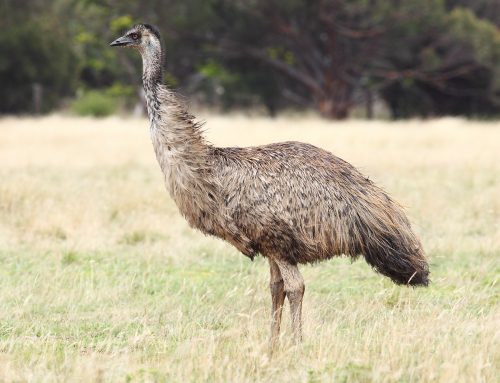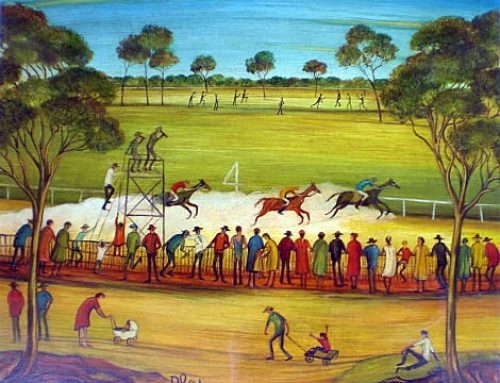Nicole and I share an agent, a publisher, an educational experience, a love of books and a propensity to write so I was very chuffed when she messaged me over twitter last year to ask if Id be interested in writing a short piece for her blog. We decided on February, as it seemed a suitably long way away. I remember idly fantasizing about how much Id have written of my new book by then & whether Id be pausing at Chapter 3 or perhaps Chapter 6 to write Nicoles blog. However, reality has a way of crash tackling fantasy and February, (instead of being quiet and full of writing time) has been insanely busy and not in a running kids round to various sporting events, helping out on the farm kinda way.
Almost exactly a year ago I was approached by Australian Story (an ABC television program) who were interested in making a documentary on the journey Ive made from Sydney academic to farm based writer. It took until September for both of us to decide to go ahead and then we filmed through October & November. The filming was very intense and perhaps the hardest thing was the lack of control I felt. The program screened last week on February 7th and things have been a tad hectic ever since. The experience has been a positive one (mostly) but one of the things Ive found difficult is watching my life portrayed as text. Ive had to accept that I cannot control the way people have chosen to view the program and by extension the version of me presented on the screen. Of course you sign up for this when you agree to do any sort of television, but nevertheless its confronting.
As a memoirist I control very carefully the representation of my self on the page. Writing a memoir about the journey through grief means writing something very personal, but this doesnt have to mean the writing is indulgent. In fact the very best memoir writing is small on personal details but has the capacity to speak on a universal level. This was my aim in writing When it Rains. Those first very raw drafts were too close, too breathtakingly personal to say anything beyond expressing the pain I was feeling. I had to remove my self and create a character on the page that was me but was also not me. If I achieved this, then I would manage to tell a bigger story and my readers could relate their own journeys of love and loss.
This transformation of my experience to a text of my life is only possible after drafting and redrafting. The aim of writing is always to establish and then maintain an intimate immediacy between the reader and the narrator. I want you to feel dear reader, as if you know me by the end of my book.
In many ways fiction strives for the same relationship between the central characters and the reader. The very best books, whether they be fiction or non fiction, suck us in. They create a world so that we feel as if we are walking around inside someone elses head. We come out of such a reading experience richer because we have lived, even for a moment, another way of seeing. Reading in this way creates connections and moments of exchange between the writer and reader in a way that resonates, challenges and perhaps even changes us.
My next book is fiction and Im both terrified and exhilarated by the change of form. Its about the time between youth and maturity in a womans life at the turn of the 20th Century. It will be historical fiction but with a twist. Stay tuned ..
Maggie MacKellar has written three books. Her latest book, When it Rains, is a memoir chronicling her journey through grief after her husband & mother died and the subsequent decision to leave her academic position at the University of Sydney and move to a farm west of Orange in NSW. She has published extensively on senses of place, womens experiences on the frontiers of Australia & Canada and settler histories of the Western District of Victoria. She is currently living with her two children on the family farm and writing full time. http://www.maggiemackellar.com.au






Leave A Comment